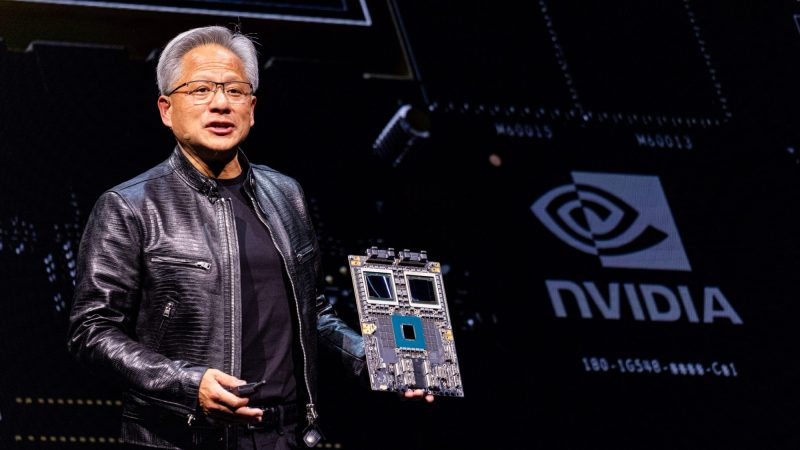
Nvidia, the world’s most valuable listed company, recently faced scrutiny as investors anxiously awaited their quarterly update. Whispers of lackluster results and a potential market downturn circulated, fueling concerns about the company’s seemingly unstoppable momentum. The anticipation was palpable; would Nvidia continue its reign as a tech powerhouse, or was a significant slowdown on the horizon?
The recent financial results, while not catastrophic, certainly weren’t the blowout numbers many had anticipated. This underperformance, however slight, sent ripples through the market, highlighting the inherent risks associated with even the most dominant players in the tech sector. Analysts are now dissecting the data, searching for clues to understand the reasons behind the less-than-stellar performance. Were supply chain issues to blame? Did a shift in market demand play a role? Or is this a sign of a more fundamental change in the tech landscape?
One significant factor to consider is the increasing competition in the AI chip market. While Nvidia currently holds a commanding lead, other companies are rapidly investing in and developing their own AI technologies. This burgeoning competition could potentially chip away at Nvidia’s market share over time, creating a more challenging environment for future growth.
Ultimately, the recent results raise important questions about the long-term sustainability of Nvidia’s success. While it’s premature to declare the end of their dominance, the slight stumble serves as a reminder that even the most powerful companies are not immune to market fluctuations and evolving competitive landscapes. The coming quarters will be crucial in determining whether this is a temporary setback or the beginning of a more significant shift in the company’s trajectory. The tech world is watching closely.










